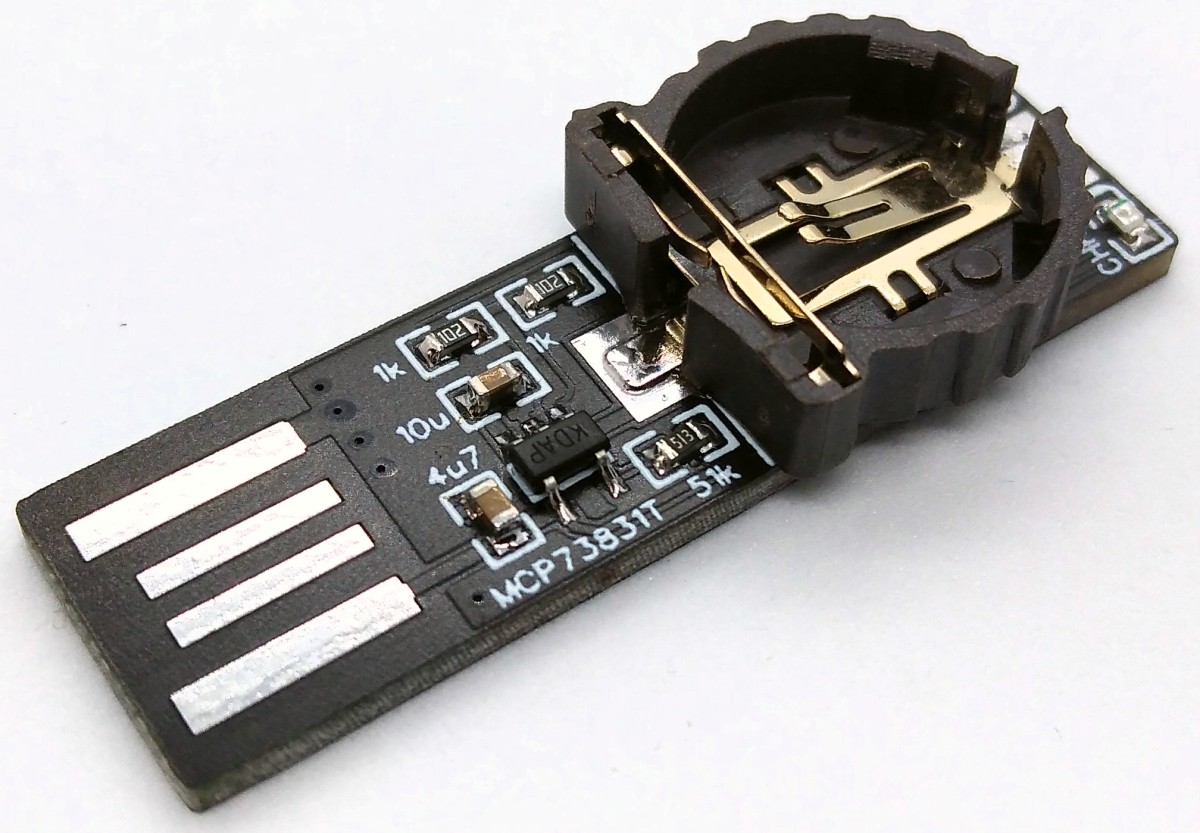
The LIR1220 is a 12.5 mm. lithium-ion rechargeable coin cell. It is a relatively new technology. Traditionally, li-ion coin cells are non-rechargeable but for some situations, rechargeable compact cells are desired. Coin cells like CR2032 are ultra-compact and are used in a variety of compact systems like wearables and if something with this form factor is made rechargeable, then it can be used for a wide range of small form factor applications. The new LIR1220 offers a high energy density 43Wh/kg and has a half cycle of approximately 500 cycles.
To get an idea about the compactness of the battery, it is 12.5mm in diameter and 2mm thick. In addition, the nominal weight is 1.1g. Due to these advantages, LIR1220 finds its place in applications like wearables, Bluetooth headsets, body sensors, medical devices, wireless sensors, remote controls, toys, networking devices, and many others.
The battery has a nominal voltage of 3.6V and a typical nominal capacity of 12mAh. It must be charged with a Constant-Current-Constant-Voltage (CC/CV) charger. These chargers can supply a fixed current and fixed voltage regardless of the load resistance. The voltage that the battery must be charged is 4.2V (advised by the manufacturer) and the current to supplied while charging should be 0.5C. 0.5C means 0.5 times the battery capacity which in this case is 12mAh. Therefore, the charging current should be 6mA. All this data is crucial in setting the output voltage and current of the battery charger circuit.
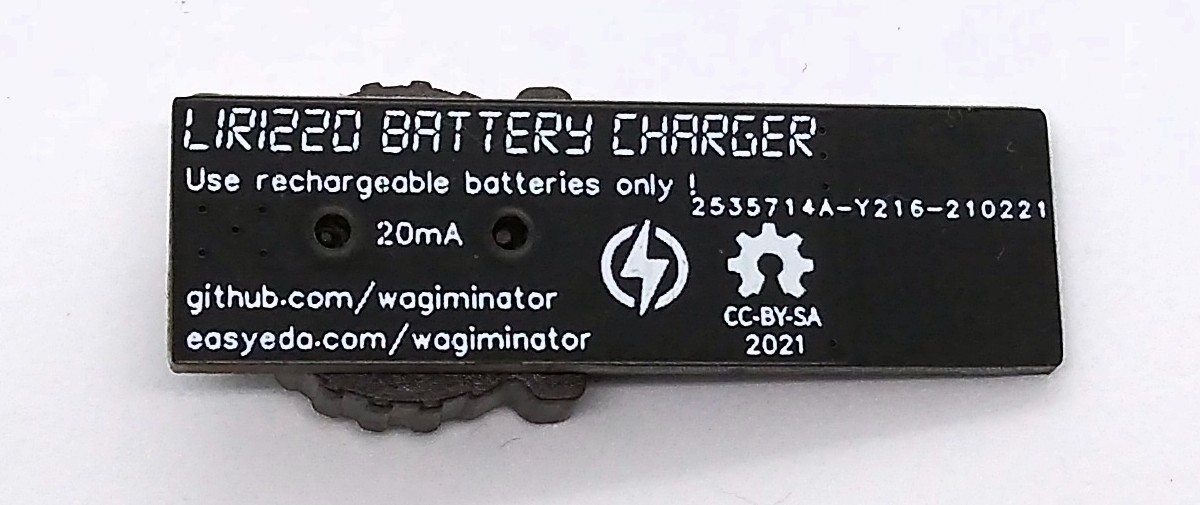
Battery charger IC
For charging the battery, we are turning our attention to a linear charge management controller IC, MCP73831. MCP73831 is a very advanced charge management controller for applications where space is a constraint. This small-sized IC is very economical and finds its applications in Lithium-Ion/Lithium-Polymer Battery Chargers, Personal Data Assistants, Cellular Telephones, Digital Cameras, MP3 Players, Bluetooth Headsets, USB Chargers, and many others.
The charge controller IC uses Constant-Current-Constant-Voltage (CC/CV) charging algorithm which is compatible with our LIR1220 battery. The charging voltage can be fixed from four available options: 4.20V, 4.35V, 4.40V, or 4.50V. In addition, the IC also comes with selectable preconditioning and charge termination. Preconditioning means when the battery voltage is less than the preconditioning threshold set, then the IC goes into trickle charging or preconditioning mode. There is an automatic recharge feature present in the IC which will monitor the battery voltage and if it drops below the charging threshold, the battery is charged again. For charging threshold setting, we must consider the discharge cut-off voltage of the battery which is 2.75V. Below this voltage level, when a battery is discharged further, there may be permanent damage to the battery.
The circuit

When the battery is attached to the IC, the IC sinks 6uA of current from it for detection. Sometimes, it may not detect the battery even it is connected and so in this case before connecting the battery, a 2Mohm resistor must be connected at Vbat (3) pin. The R3 resistor is for setting the charging current. And the STAT (1) pin is for providing the status of charging; when the STAT pin is high, charging is completed and when it’s LOW, the charging is ongoing. C1 and C2 capacitors are the bypass capacitors.
If the R3 is set to a value that provides a current of around 100mA, then we are exploiting the fast-charging feature of the IC. The IC also has an interesting safety feature which is Under-Voltage Lockout; an internal UVLO circuit monitors the input voltage and keeps the charger in Shutdown mode until the input supply rises above the UVLO threshold.
The complete project including BOM and Gerber file can be found at https://github.com/wagiminator/Power-Boards/tree/master/LIR1220_Charger_MCP73831





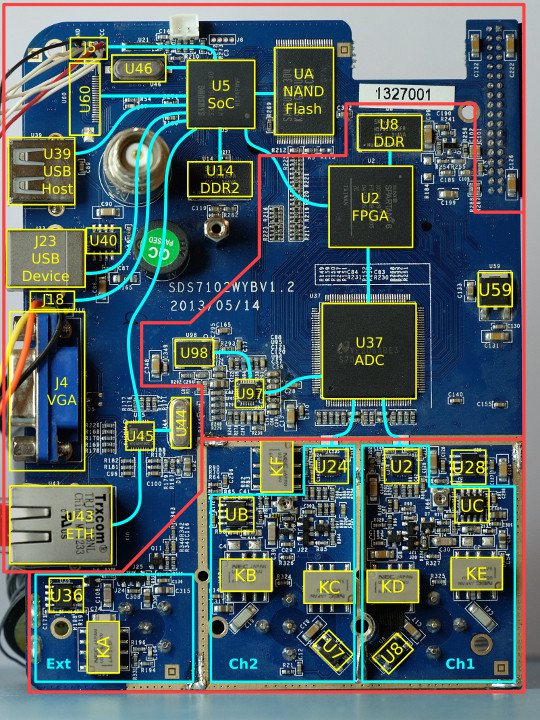
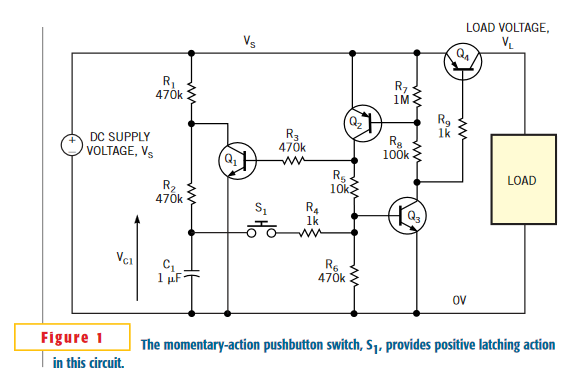
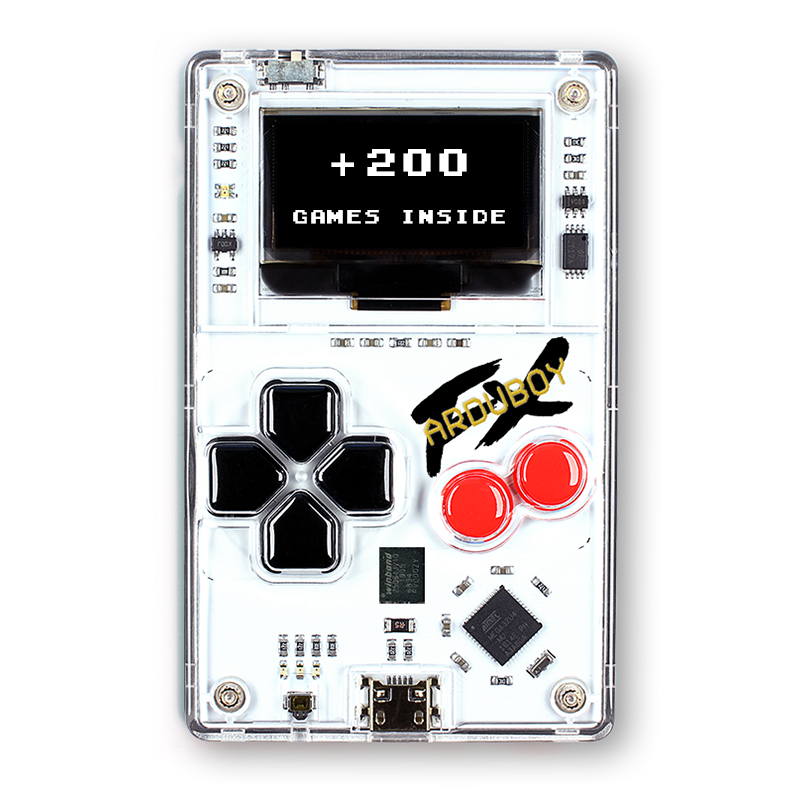
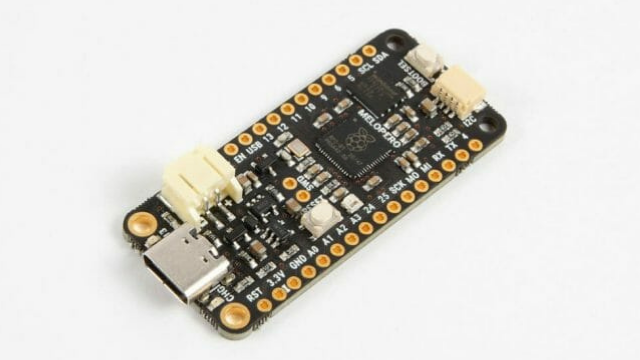
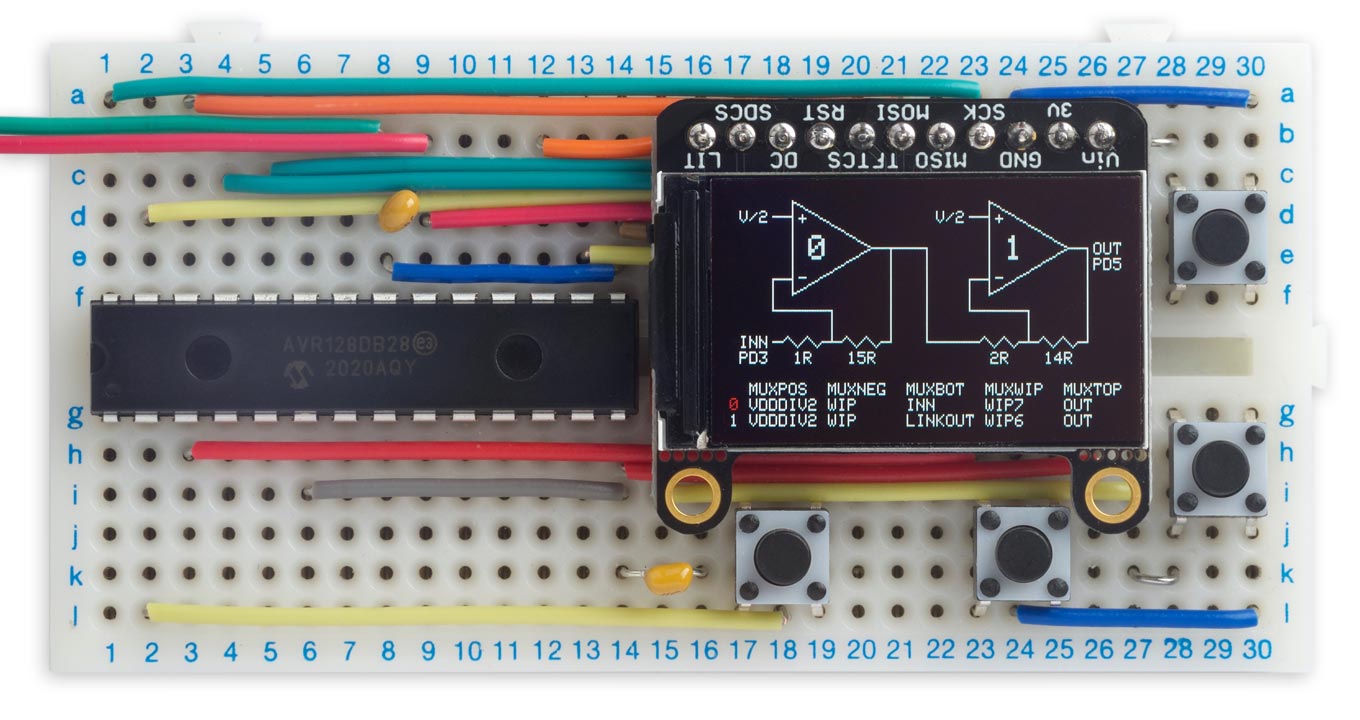
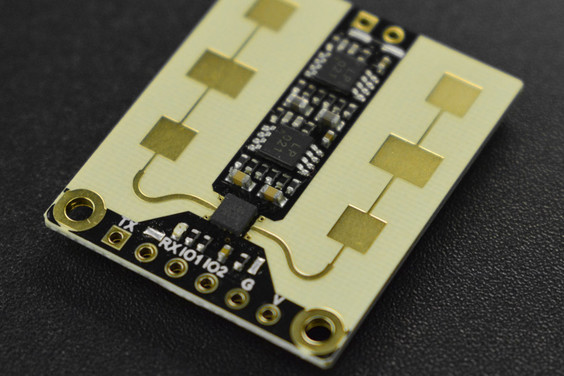





Actually there are a bunch of nice power board designs at that GitHub site (19 total at post time). See them all here:
https://github.com/wagiminator/Power-Boards